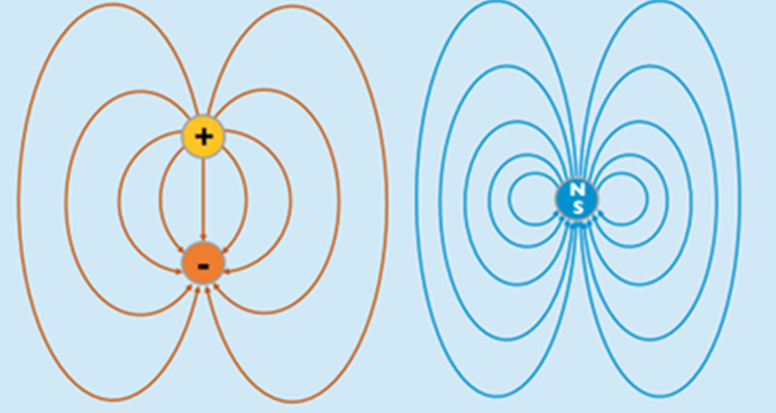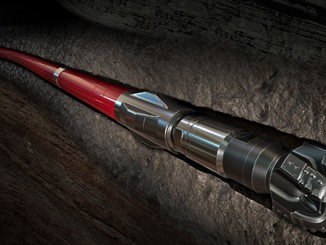
Depending on how they interact with magnetic fields, most materials are classified as diamagnetic, paramagnetic, ferromagnetic, ferrimagnetic, or antiferromagnetic. We love the article by Mike Gedeon, customer technical services manager of Materion Performance Alloys and Composites, that explains these different kinds of magnetic properties and related aspects such as magnetic susceptibility. A few highlights follow.
Dielectric materials have electric dipoles, which are atoms or molecules with positive and negative charges at opposite ends. The number and behavior of these dipoles determine the dielectric properties of the material. Materials also have magnetic dipoles, which determine their magnetic properties. Magnetic materials are often subdivided into regions where the dipoles tend to share the same alignment. These regions are known as domains, and there may be many such domains within a single crystalline grain within the material.
In a magnetic material, the magnetic moment arises from the magnetic field generated by the spin of the electrons. (Strictly speaking, the magnetic moment is the torque generated as the dipoles try to align themselves with or against the magnetic field.) In a dielectric material, the electric dipole moment arises from the electric field created between the positively charged end and the negatively charged end.
While the electric dipole is produced by pairs of point charges (a positive electric monopole and a negative electric monopole), there has been no corresponding magnetic point charge (magnetic monopole) found to date, although some researchers are looking for therm. While electric field lines loop between and around a pair of point sources, magnetic field lines loop around a single point source, as depicted in the figure above. For the sake of completeness, he notes that an electric current travelling around a closed loop also creates a magnetic dipole, but this field does not arise from an intrinsic material property and disappears when the current is turned off.
Magnetic permeability (μ) describes how materials respond to an applied external magnetic field. Often, it is expressed as a relative magnetic permeability (μr), which is the ratio of the material’s magnetic permeability to that of frees pace. When a dielectric material is placed in an electric field, the electric dipoles in the material change the effective field strength. In the same way, magnetic dipoles in materials interact with applied magnetic fields to change the field strength within the material. If the dipoles align with and strengthen the external field, the relative magnetic permeability is greater than 1. If the dipoles align to oppose the applied magnetic field, the relative permeability is less than 1. If the field passes through the material completely unaffected (the material is magnetically transparent), then the relative permeability is exactly equal to 1.
Gedeon goes on to explain the distinctions of ferromagnetic materials, antiferromagnetic materials and ferrimagnetic materials. Plus, you can see a fascinating video. Look for his series “In Our Element” at www.materion.com. Based in Mayfield Heights, Ohio, Materion is an advanced materials supplier that, among its portfolio, manufactures high-purity magnetic alloys for thin film deposition.



